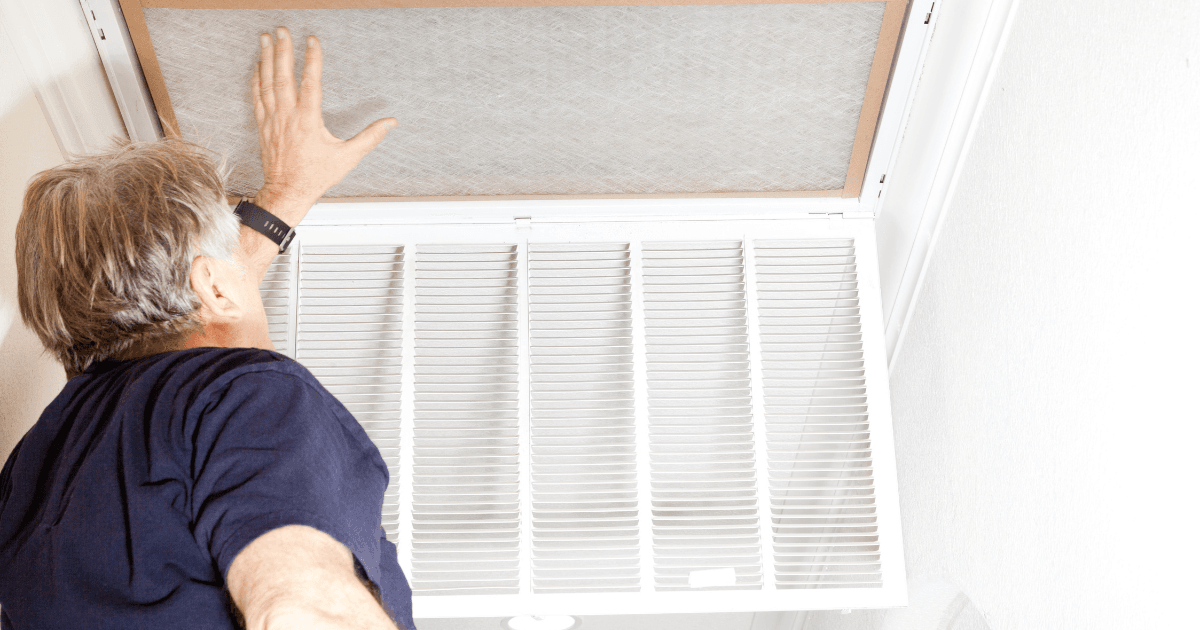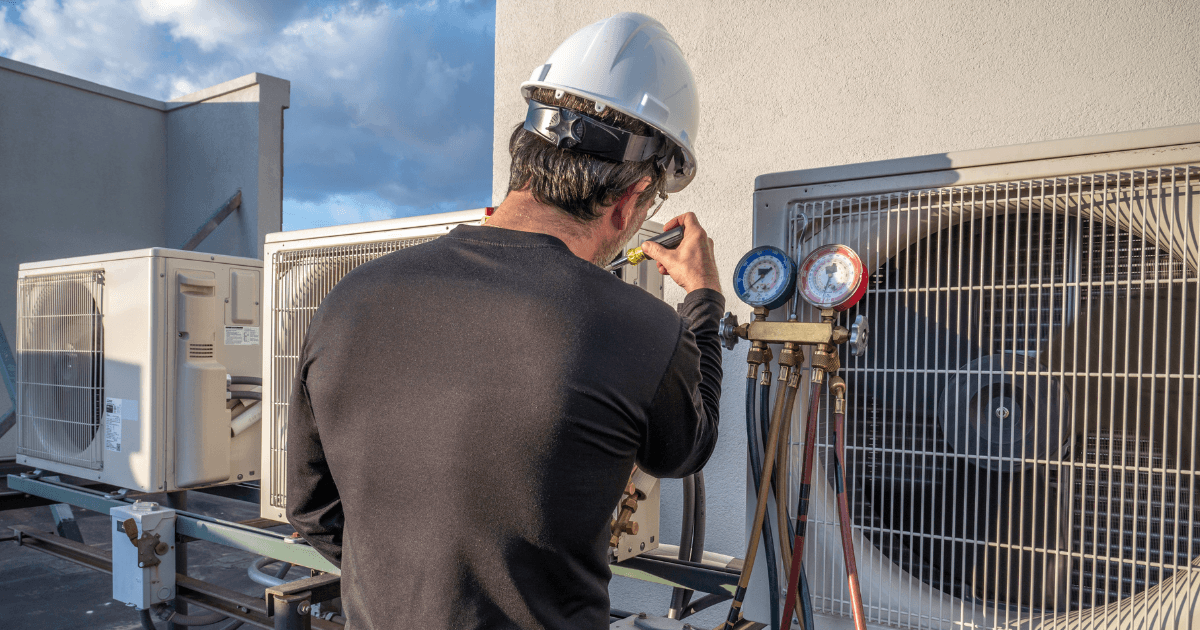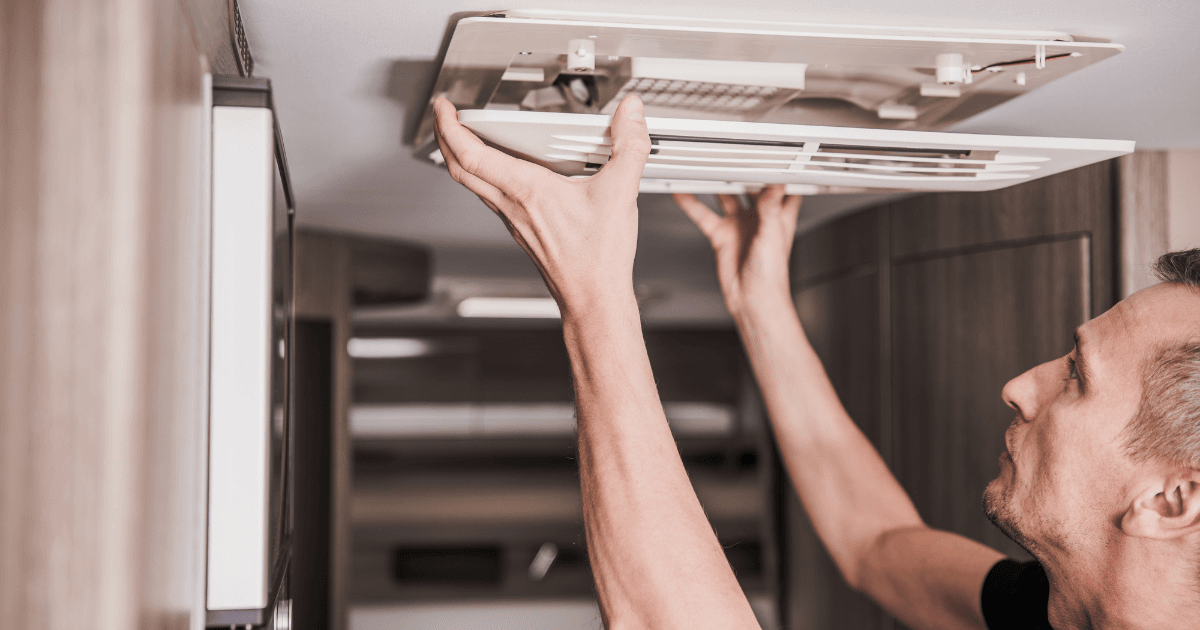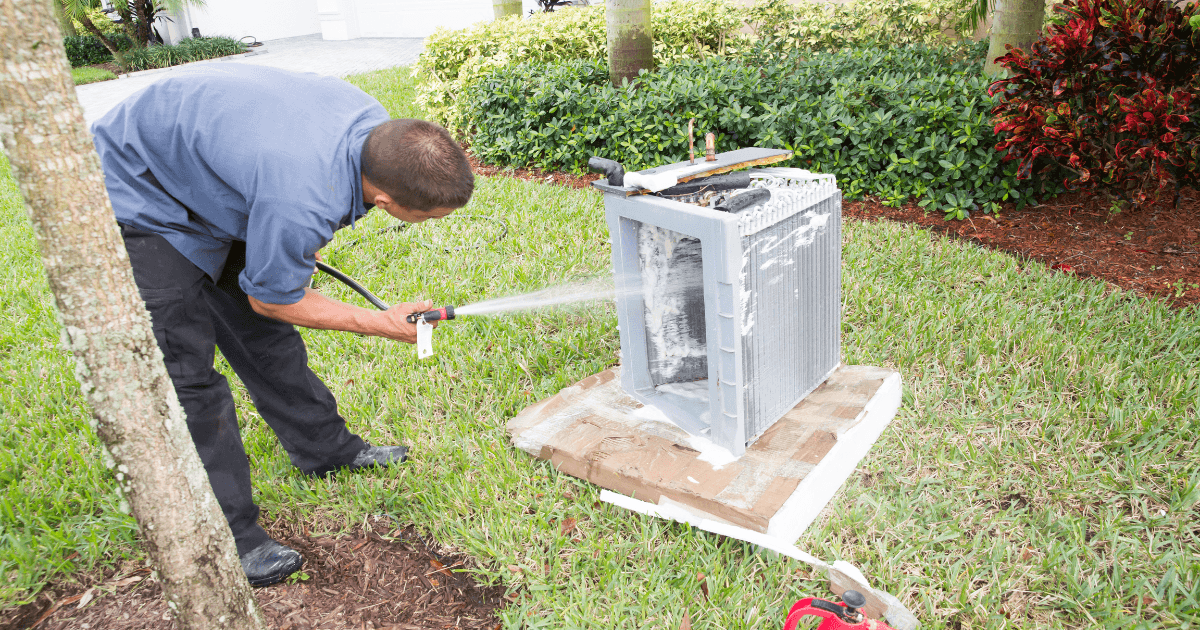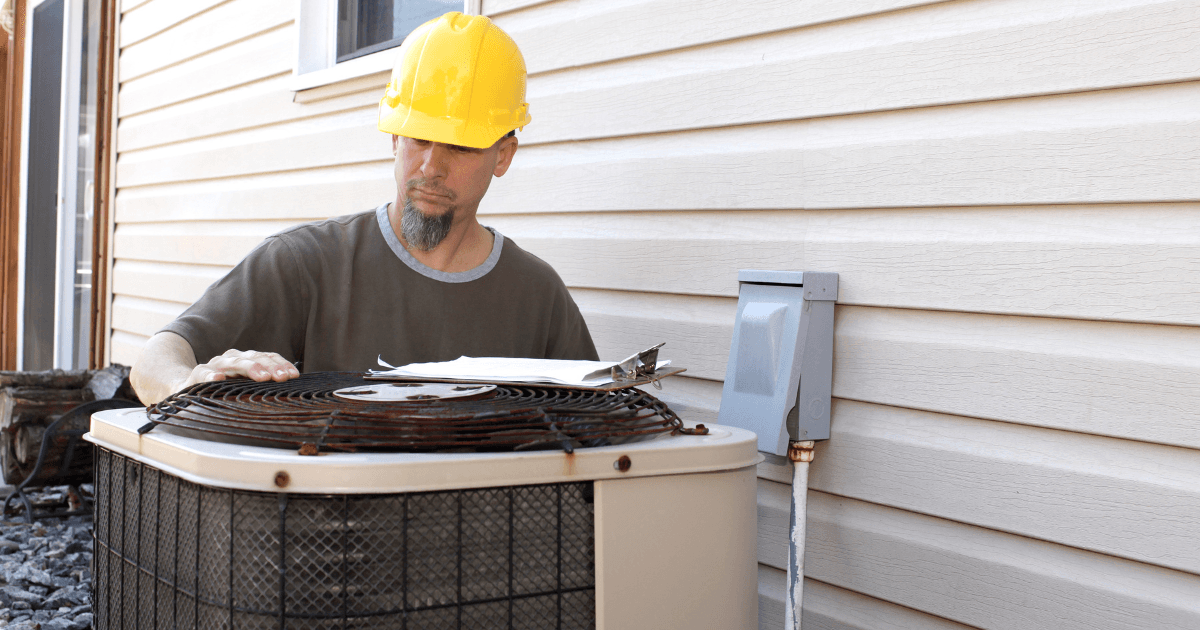Arizona’s desert climate is renowned for its extreme conditions—high temperatures, low humidity, and, most notably, intense dust storms known as haboobs. These powerful storms sweep across the landscape, carrying dense clouds of dust and debris, posing a serious threat to outdoor air conditioning units. Dust particles can infiltrate the system, clog filters, coat condenser coils, and impair airflow, leading to inefficiency, increased energy costs, and even permanent damage to the unit.
To protect your AC unit from these threats, we must deconstruct the issue using first principles thinking. By understanding how dust storms affect the core functionality of an AC unit and the environmental factors at play, we can devise a set of novel, actionable strategies that go beyond conventional advice. This article offers an in-depth, science-driven approach to safeguarding your air conditioning system, ensuring it operates efficiently and lasts for years to come.
The Physics of Dust Infiltration: Why Dust Storms Threaten AC Units
At the most fundamental level, an air conditioning system works by transferring heat from inside your home to the outside environment. The outdoor condenser unit is designed to expel heat, but when a dust storm hits, the fine particulate matter suspended in the air can infiltrate the system, coating the condenser coils and restricting airflow. The basic principle here is one of heat exchange: efficient cooling requires unimpeded airflow and clean, dust-free coils to release heat. Dust creates an insulating layer on the coils, preventing them from cooling efficiently, causing the AC unit to work harder.
First Principle Insight: Airflow and Heat Exchange
At its core, an AC unit is a heat pump—it moves heat from one place (inside your home) to another (outside). The key to efficient heat transfer is maintaining a clean, open surface for air to flow across the coils. When dust covers the coils, the system’s heat exchange becomes compromised, forcing the unit to expend more energy to achieve the same cooling effect. Over time, this additional strain can lead to compressor failure, one of the most expensive components to replace.
Preventive Measures: Protecting the Heart of Your Cooling System
Given the physics of how AC units operate, the primary goal during a dust storm should be to prevent dust from ever reaching the critical components. Below are several innovative, research-backed strategies that deconstruct the problem and offer novel solutions.
1. Install a Protective Mesh or Cover
A protective mesh or cover is your first line of defense against dust storms. These covers are designed to block larger particles of dust and debris from reaching the condenser coils while still allowing air to flow through the system. The principle here is simple: block what you can before it gets inside. The key is ensuring that the mesh or cover doesn’t obstruct airflow, as too much restriction can reduce the unit’s efficiency.
- Best Practice: Look for a mesh specifically designed for HVAC systems, which allows for high airflow while blocking dust particles.
2. Air Filters: The Hidden Barrier
While most homeowners are aware of the importance of indoor air filters, they often overlook the crucial role they play during a dust storm. High-quality filters with high MERV ratings (Minimum Efficiency Reporting Value) are more effective at capturing finer dust particles. Upgrading to a MERV 13 or higher filter will trap smaller dust particles that often get through standard filters. For optimal protection, filters should be replaced immediately after a dust storm.
- Key Insight: Air filters serve as the lungs of your AC unit. The higher the MERV rating, the more dust the filter captures, keeping both indoor air and the unit’s internal components cleaner.
3. Strategic Placement of the Unit
Location matters. AC units placed in areas that are naturally sheltered—such as behind a fence, wall, or under an awning—are less likely to be exposed to the full force of a dust storm. By shielding the unit from direct exposure, you reduce the amount of dust and debris that reaches the system.
- Advanced Strategy: Homeowners can take this further by constructing a windbreak barrier around the unit, using materials like lattice or perforated metal. This allows air to flow while blocking dust.
Cleaning and Maintenance: The Key to Long-Term Efficiency
Even the best preventive measures can’t guarantee that no dust will enter your system. Therefore, regular maintenance and cleaning are essential to keep your AC unit functioning properly.
4. Post-Storm Cleaning: A Step-by-Step Guide
After a dust storm, it’s critical to clean the unit as soon as possible to prevent long-term damage. The process involves removing debris, hosing down the condenser coils, and ensuring the fan and fins are free from dust buildup.
- Turn off the AC: Ensure the unit is completely powered down before cleaning.
- Remove Surface Dust: Use a soft brush or air blower to gently remove dust from the exterior components.
- Clean the Coils: Gently hose down the condenser coils with water to remove dust buildup. Avoid using high-pressure water, as it can bend the fins.
- Check the Air Filter: Inspect and replace the air filter if it’s clogged with dust.
5. Professional Maintenance: Why It’s a Necessity
While DIY cleaning can handle surface dust, deeper issues may require professional attention. A technician can perform a full inspection, checking for internal damage or blocked components. They can also clean areas of the unit that are difficult for homeowners to reach, ensuring the system runs efficiently.
- Key Insight: Professional maintenance isn’t just about cleaning; it’s about catching problems early, preventing costly repairs, and extending the life of your AC unit.
Long-Term Solutions: Dust-Resistant AC Units and Smart Technology
Investing in equipment that’s designed to handle Arizona’s extreme dust conditions is the most effective long-term strategy. Dust-resistant technology can drastically reduce maintenance requirements and extend the life of your AC unit.
6. Dust-Resistant AC Units
Some HVAC manufacturers now offer dust-resistant models specifically designed for desert environments. These units often feature enclosed motors and enhanced filtration systems that protect against dust infiltration. They’re engineered to maintain efficiency, even in high-dust conditions, making them ideal for Arizona homes.
- Key Feature: Look for units with sealed motors and heavy-duty filters. These designs protect the most vulnerable parts of the system from dust, reducing the need for frequent maintenance.
7. Smart Home Systems for AC Monitoring
Incorporating smart home technology can provide an added layer of protection and efficiency. Smart thermostats can monitor system performance and alert you to potential issues caused by dust buildup, such as reduced airflow or overheating. Additionally, smart sensors can detect air quality changes and adjust the system’s settings to optimize performance during a dust storm.
- Advanced Strategy: Use smart sensors to track air quality in real-time. If the system detects a drop in air quality due to dust, it can automatically reduce the load on the AC unit or send an alert, prompting you to take action.
Emergency Preparedness: What to Do Before and After a Dust Storm
Dust storms are unpredictable, but with a solid plan in place, you can minimize the damage they cause to your AC unit.
8. Pre-Storm Checklist
- Cover the Unit: If you know a storm is coming, consider covering the unit with a breathable, dust-resistant cover.
- Turn Off the AC: Reduce the strain on the system by shutting it off before the storm arrives. This minimizes the amount of dust that gets sucked into the unit while it’s running.
9. Post-Storm Inspection
- Visual Inspection: After the storm, check for visible debris around and inside the unit.
- Test Performance: Run the unit to ensure it’s operating efficiently. Listen for unusual noises or a lack of airflow, which could indicate that dust has clogged the system.
- Schedule Maintenance: If your unit is struggling after a storm, call a professional for a thorough inspection.
Conclusion: Safeguarding Your AC Unit Against Arizona’s Harsh Environment
Arizona’s dust storms are a fact of life, but that doesn’t mean your AC unit has to suffer. By understanding the core principles of airflow, heat exchange, and dust infiltration, homeowners can take proactive steps to protect their systems. From installing protective covers and using high-quality filters to investing in dust-resistant units and smart technology, there are numerous strategies to keep your AC unit running efficiently, even in the harshest conditions.
Incorporating these best practices not only extends the life of your AC unit but also reduces energy costs and ensures optimal performance year-round. The future of AC protection lies in smart, preventive maintenance, and with the right approach, your system can withstand the Arizona desert’s most extreme elements.

